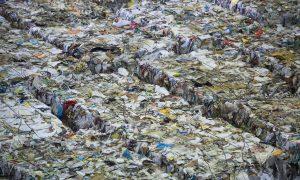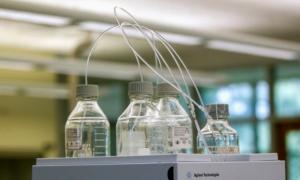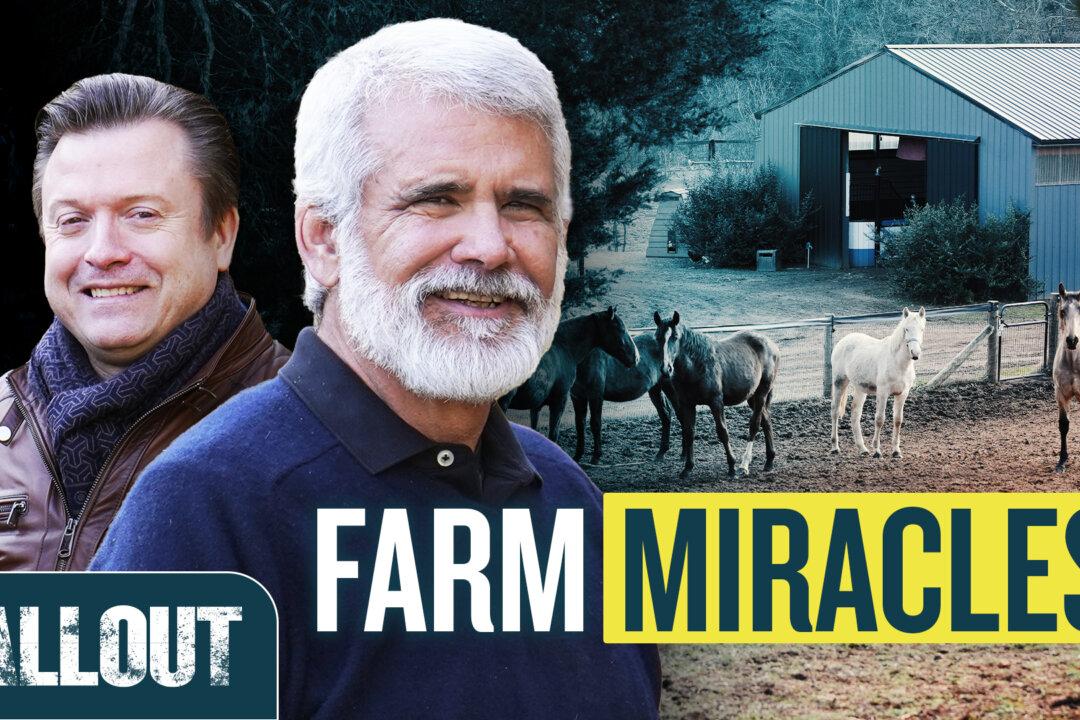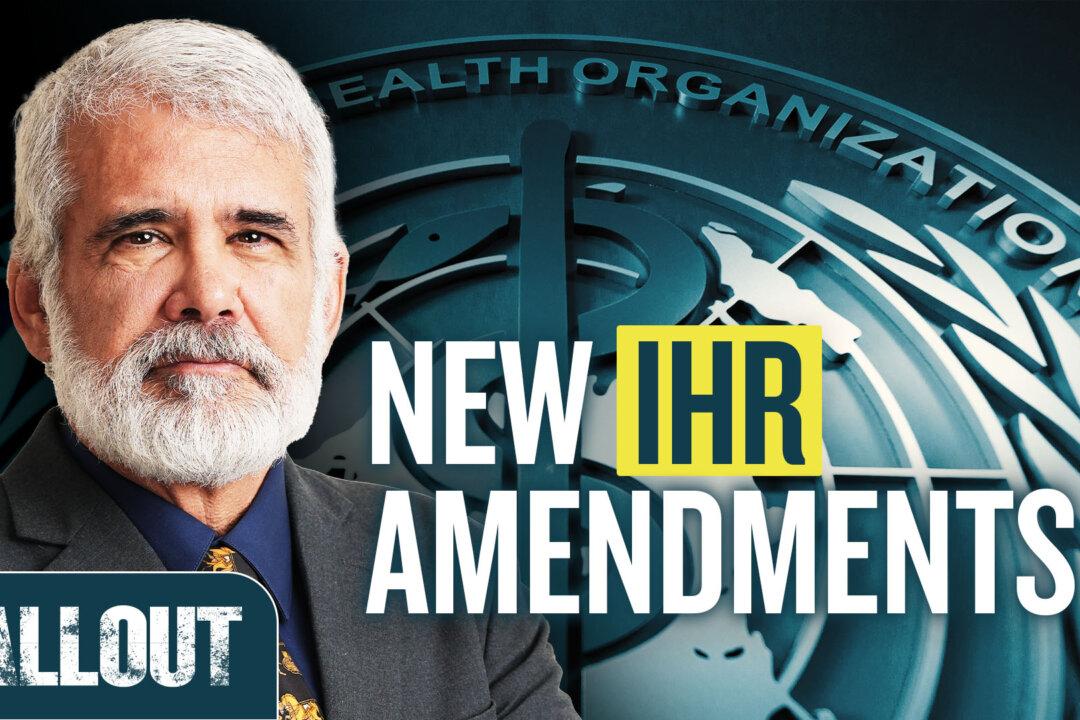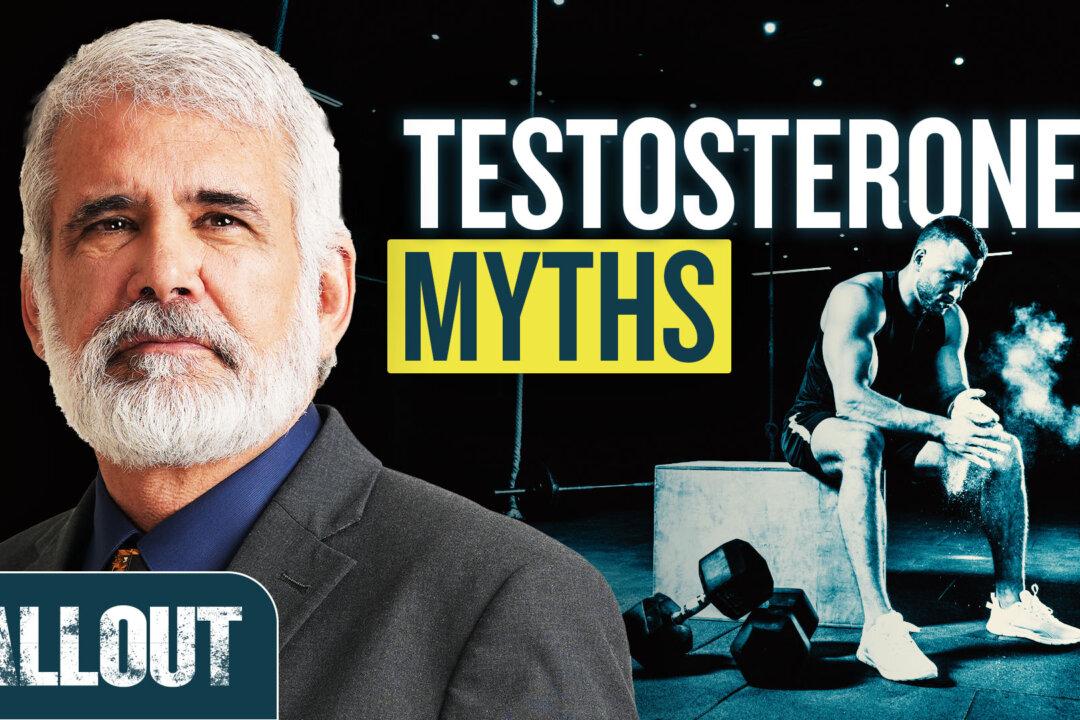The new rule involves a major shift in the technology-based effluent limitations guidelines and standards (ELGs) for the meat and poultry industry, threatening their livelihoods by forcing them to add water filtration systems to their facilities.
What does this mean to small meat processing facilities? It has been reported that the initial cost to install a water filtration system bringing them into compliance would be between $300,000 and $400,000 with a minimum of $100,000 annual maintenance. This would force many small meat-processing facilities to shutter their doors.
It is also a direct attack on the buy local foods movement. If local meat producers no longer have a nearby facility to process the meat, they will no longer be able to provide their product directly to the customer at food markets or online.
The EPA initially promulgated the MPP ELGs in 1974 and amended them in 2004. Currently, they only apply to approximately 150 of the 5,055 MPP facilities in the industry. But, in the EPA’s Benefit Cost Analysis, they stated that “EPA estimates the regulatory options potentially affect 3,879 MPP facilities.”
Accordingly, the history of the EPA’s regulation of MPP effluent guidelines and standards has never extended beyond direct discharge facilities, and this rule significantly expands their regulatory overreach.
They also stated that the proposal “gives priority to environmental justice goals and emphasizes ecological benefits, but the EPA jurisdiction under the Clean Water Act is not based on ecological importance or environmental justice.”
According to the EPA, after months of study and testing to look for bacteria, viruses, and so forth, what they actually found in the wastewater of processing facilities was nitrogen and phosphorus, two of the fundamental elements that all living things are composed of (carbon, hydrogen, nitrogen, oxygen, and phosphorus).
As a result, the EPA has decided that the entire meat industry—from slaughtering beef to poultry, marinas to packaging—must now retrofit current facilities with lagoons and biomass dissipates to turn “nutrients” into CO2 and methane in order to prevent these “pollutants” from entering local water supplies.
The EPA anticipates these new rules will, at least, result in the closure of 16 processing facilities across the country at a time when our country’s meat producers are already struggling to survive because of bottlenecks in USDA-certified facilities. However, on the high side, EPA estimates include an impact range of up to 845 processing facilities.
The EPA acknowledges (via the Federal Register) that this rule change will have far-reaching effects up and down the supply chain from consumer prices to producer losses.
A statement was just put out by a consortium of protein producers who have said that this will cost “millions more than the EPA’s highest estimates and result in the loss of tens of thousands of jobs.”
It gets worse.
Facilities can bypass these new regulations by drastically reducing their weekly/annual pounds processed. However, the U.S. population continues to grow (largely because of immigration) at a rate that we’re currently incapable of feeding with record-low volumes of meat production. Reducing pounds processed will have sizable effects on food security, as will further closures and supply chain disruptions. These issues have now risen to the point of being a national security threat.
There are other problems in the rule change:
• The rule change fails to provide clarity or funding to local water treatment facilities for testing or a range of acceptable levels of runoff and, in my opinion, oversteps federal authority (Waters of the United States (WOTUS) jurisdiction) by dictating local water rights, especially as the EPA acknowledges that most water used in processing is from a well source, or privately owned water source.
• The rules fail to account for foreign inputs and actually incentivize domestic closures, prioritizing imported meat products in a manner conducive to the monopolistic multinational conglomerate beef producers who are not U.S.-based. This is happening at a time when the United States has gradually become a net importer yet is facing critical infrastructure collapses, such as the Key Bridge.
• The rules specify 17 species of endangered animals that may become affected by the salt residues (a byproduct of the process they want used to turn biomass into gas), as these salts flow “downstream” from processing facilities. This is bogus language to attempt to establish jurisdictional standing, as the rules do not differentiate between facilities that are near navigable waters vs facilities that have private water rights.
However, for those that do comply, as opposed to reducing production, they’ll be left open and vulnerable to future lawsuits from environmental activists over endangered species. These lawsuits have historically become costly, with states eventually caving to the demands made, as evidenced by the Oregon Department of Forestry v. Cascadia in filing after filing—Spotted Owl to CoHo Salmon—resulting in the drastic reduction of privately owned timber lands and logging contracts.
• The rules currently allow for the off-gassing of the biomass as it becomes CO2 and methane but say nothing about future carbon taxes or financial burdens that may be incurred because of the additional carbon outputs via the new carbon credit/taxes the Biden Administration created via the Commodities Credit Corp. Oregon, California, and Washington have already instituted state versions of Cap and Trade legislation, e.g., requiring companies to purchase these carbon credits in order to remain in business.
Aside from the massive overreach in relation to the non-navigable waters of the United States, typically locally regulated or an authority reserved to the states to regulate, these new rule changes have the potential to negatively affect our food supply for years to come.


